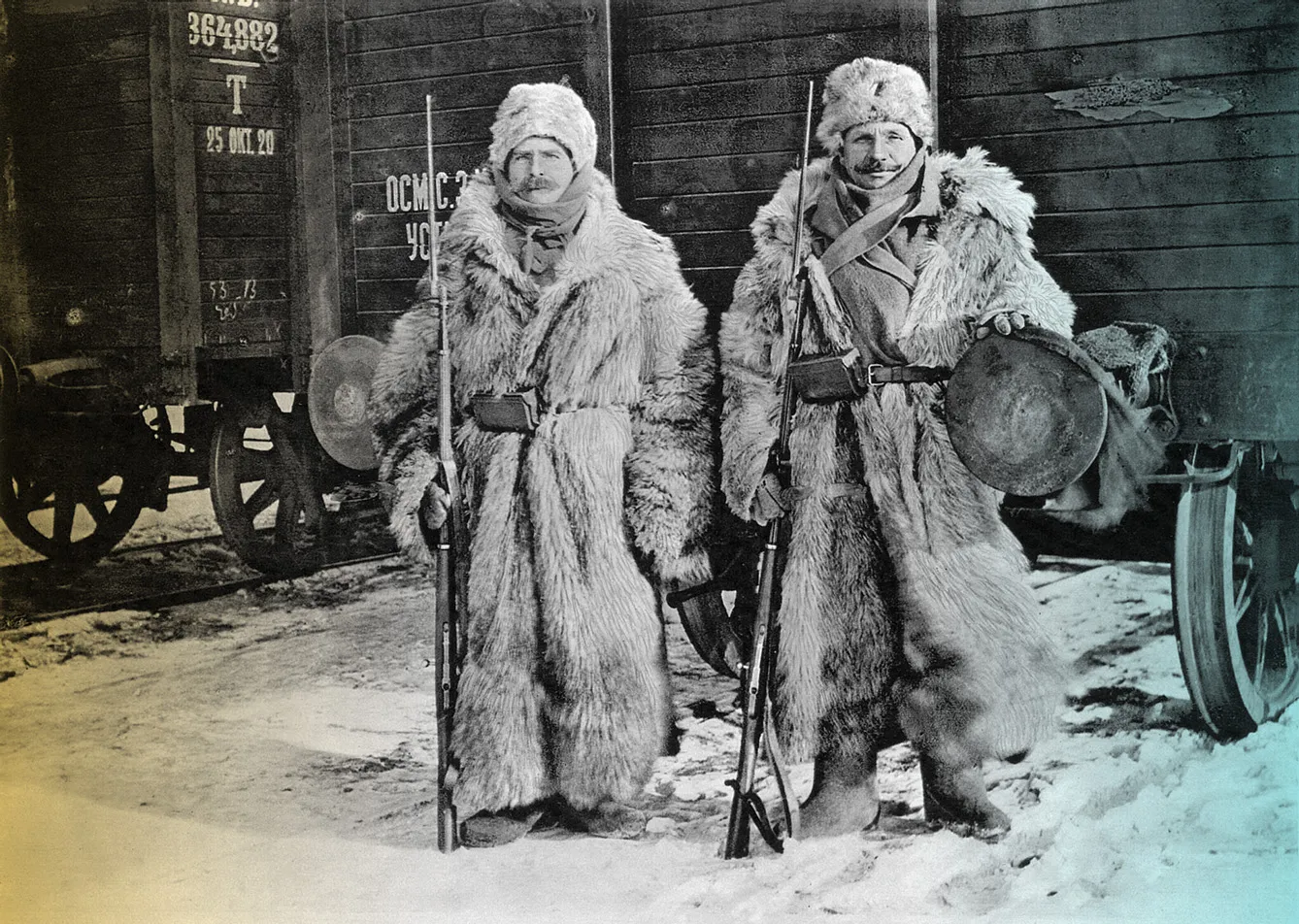Tens of thousands of Czechoslovak Legionnaires significantly intervened in the battles of World War I on the Eastern Front. On top of that, they distinguished themselves during the Russian Civil War between the Bolsheviks and the White Armies. And apart from the medieval Mongols and the modern Russians, the Czechoslovaks were the only ones who managed to dominate the southern regions of Siberia, at least for a time.
Fighting for a country that didn’t exist
Political thoughts about creating an independent Czechoslovakia were still in their infancy when thousands of Czechs got the idea to fight for their homeland, then still part of Austria-Hungary.
It took only a short time for two units to emerge in the ranks of foreign armies, which became the basis of the last Czechoslovak legions. As early as 11 October 1914, a Czechoslovak unit was formed in Kyiv, which joined the fight against the Germans alongside the Tsarist armies.
The same unit was created in France at the other end of Europe. Czech compatriots living abroad (mainly from the USA) joined both units, and the units grew. The significant source of new legionnaires were the defectors who had fled from the Austro-Hungarian army and joined their brothers in fighting for freedom.
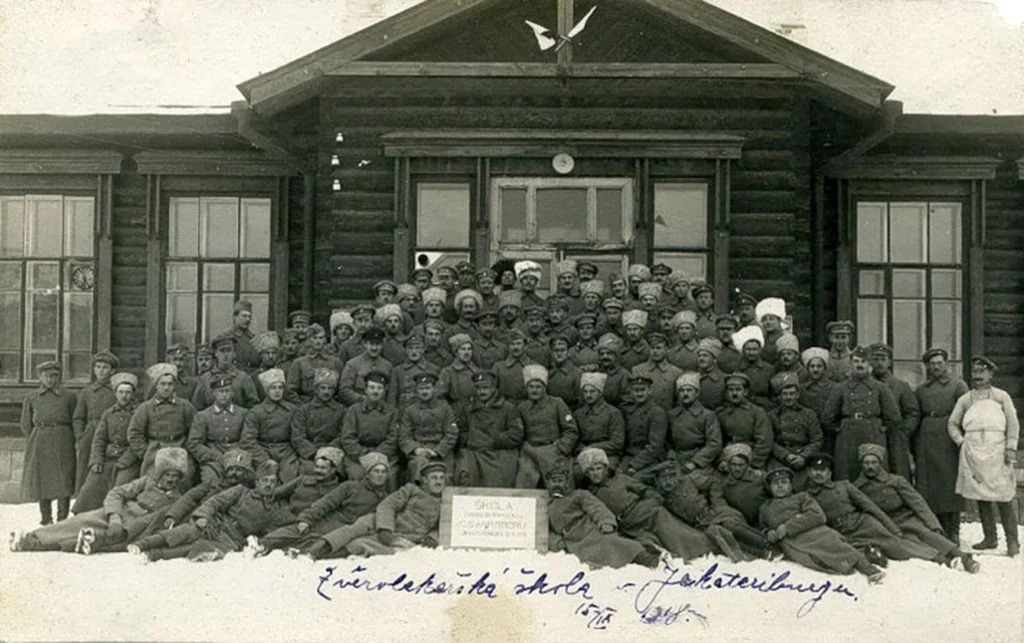

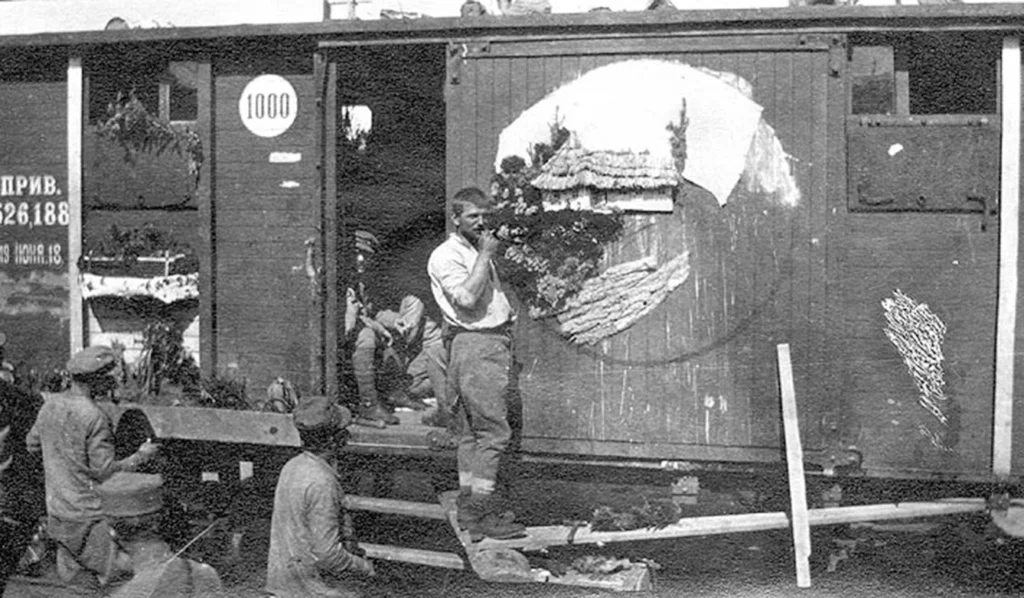
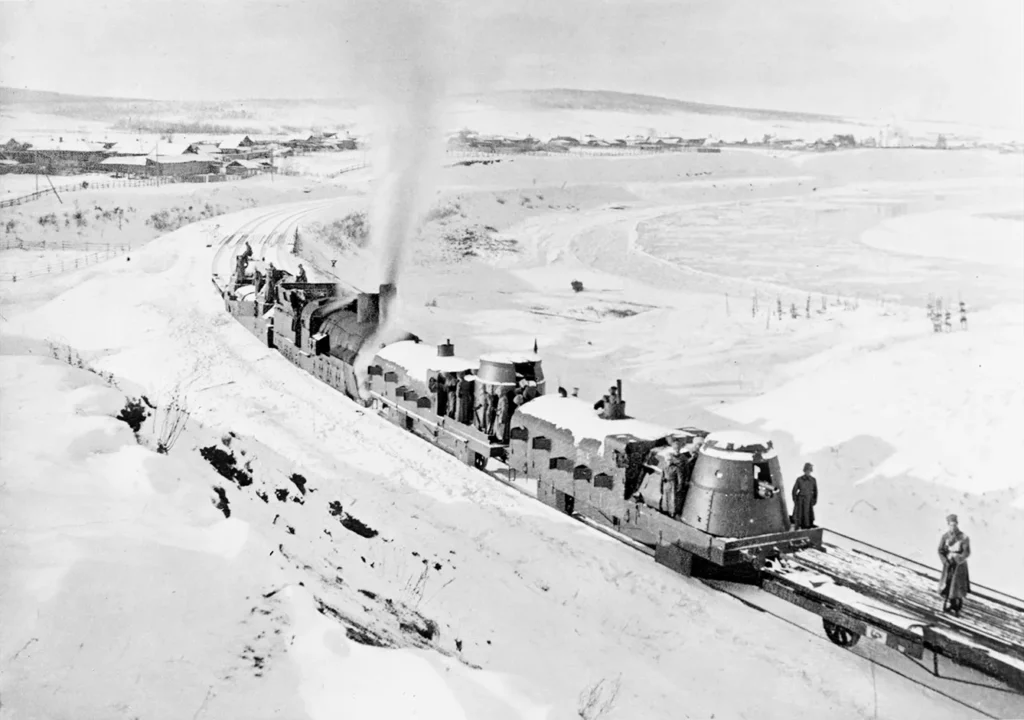
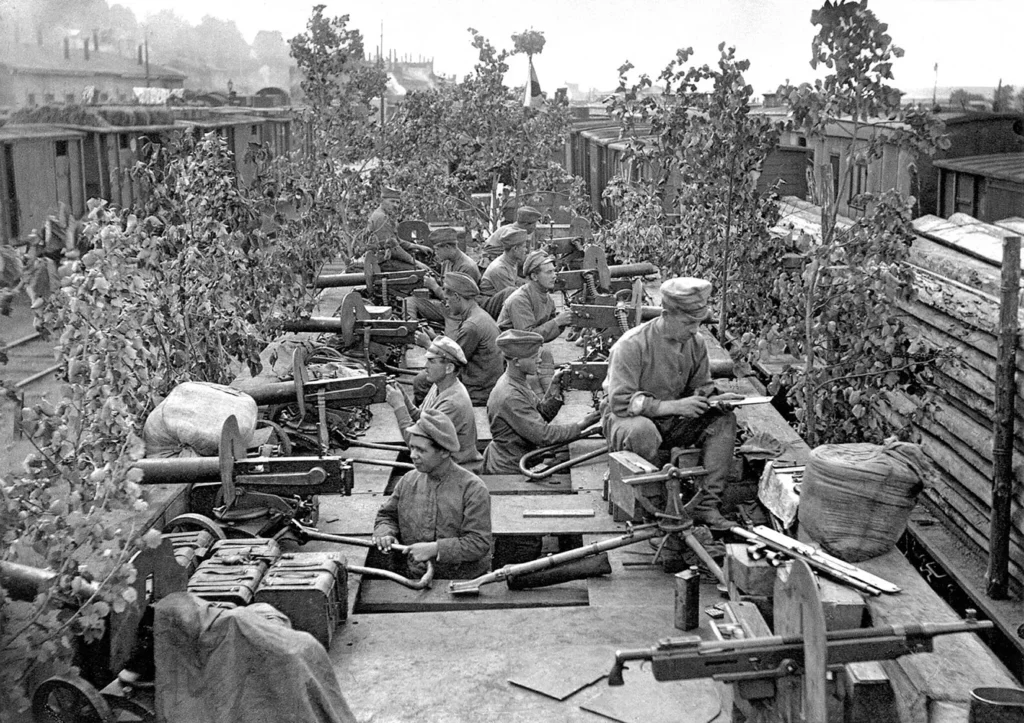
From heroes of the Tsar to enemies of the workers
Members of the Czechoslovak Legions took part in the most brutal battles and always excelled in their determination and bravery. The most significant battle was the Battle of Zborov, a small Ukrainian town where the Czechoslovaks managed to defeat twice as many Austro-Hungarians and capture 3,500 men.
But then, something happened that no one expected: The Great October Bolshevik Revolution. Russia plunged into civil war not long after the communist revolution, and the Bolshevik leadership was disturbed by the presence of 70,000 militant Czechoslovak legionnaires.
The future president Tomáš Garrigue Masaryk negotiated the return of the Czechoslovak legionaries to Czechoslovakia in Moscow. However, the newly neutral Soviet Union offered a complicated route: via the Trans-Siberian Magistrale to Vladivostok, from where the Legionnaires were to sail to France. Masaryk had no choice but to agree.
Conquering Russia instead of a scenic ride…
It was clear from the beginning that the transfer of the legionaries would not be without Bolshevik provocations. The legionnaires were transported through vast Russian plains by trains, which they made into fortresses on rails equipped with machine guns and cannons.
In May 1918, a small Bolshevik brigade tried to disarm one of the Czechoslovak armored trains. The result? Not one of the Bolsheviks survived. Thus began a conflict in which the Czechoslovak legionnaires took control of most of the Trans-Siberian Magistrale and parts of Siberia.
The Legionnaires became a terror to the Bolsheviks and joined forces with the White Armies, who stood as the last anti-Communist opposition.
The most important was the association with General Kolchak, who became the central figure of the anti-Bolshevik alliance. Working with Kolchak, the Legionnaires captured many towns along the highway, including Omsk, from which they freed many captured friends. During this period, the Czechoslovak Legionnaires were the custodians of the Russian Tsarist state treasure, which they wrested from the hands of the Bolsheviks and handed over to Kolchak at the end of the fighting.
With the occupation of the magistral as the only effective means of transportation, the legionaries took control of significant parts of Siberia. No one could use the railway without their knowledge and permission. But the Czechoslovaks decided to withdraw from Russia at the end of 1918.
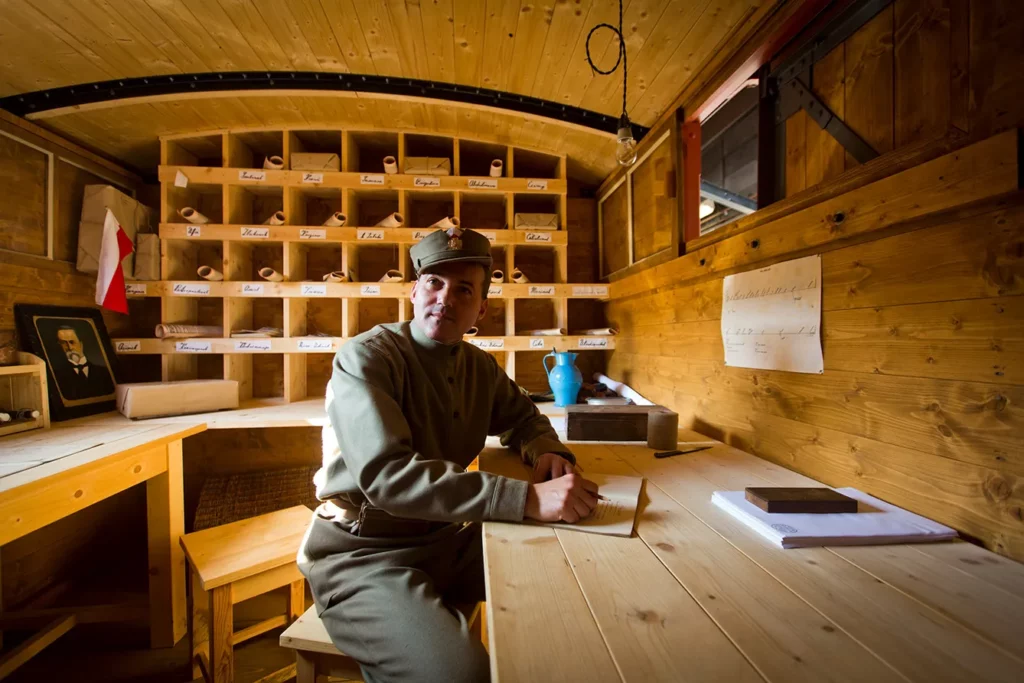
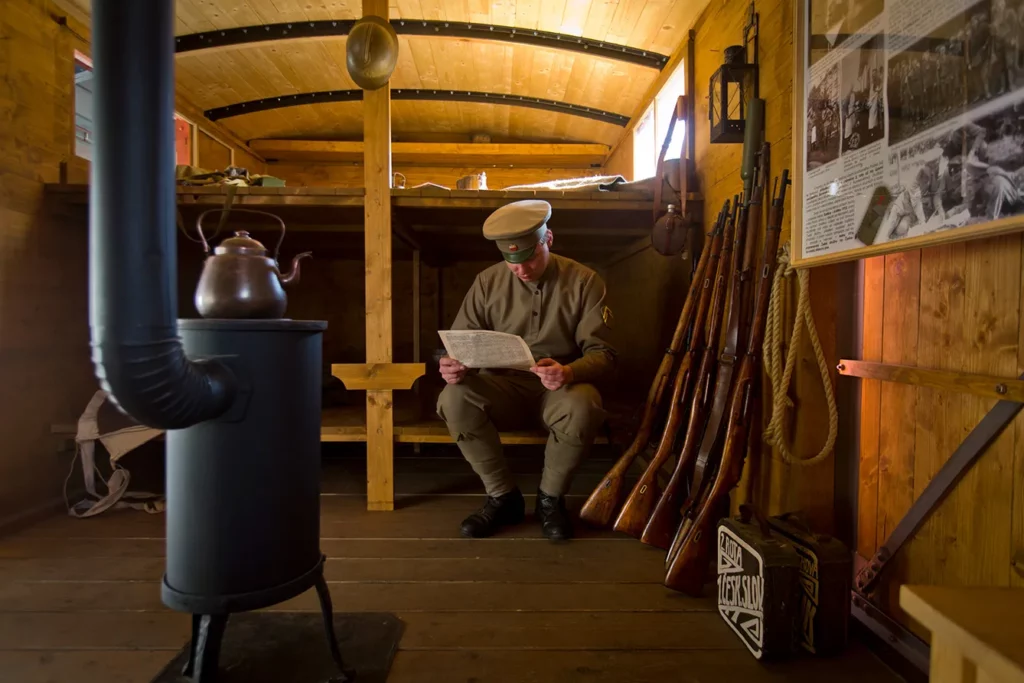
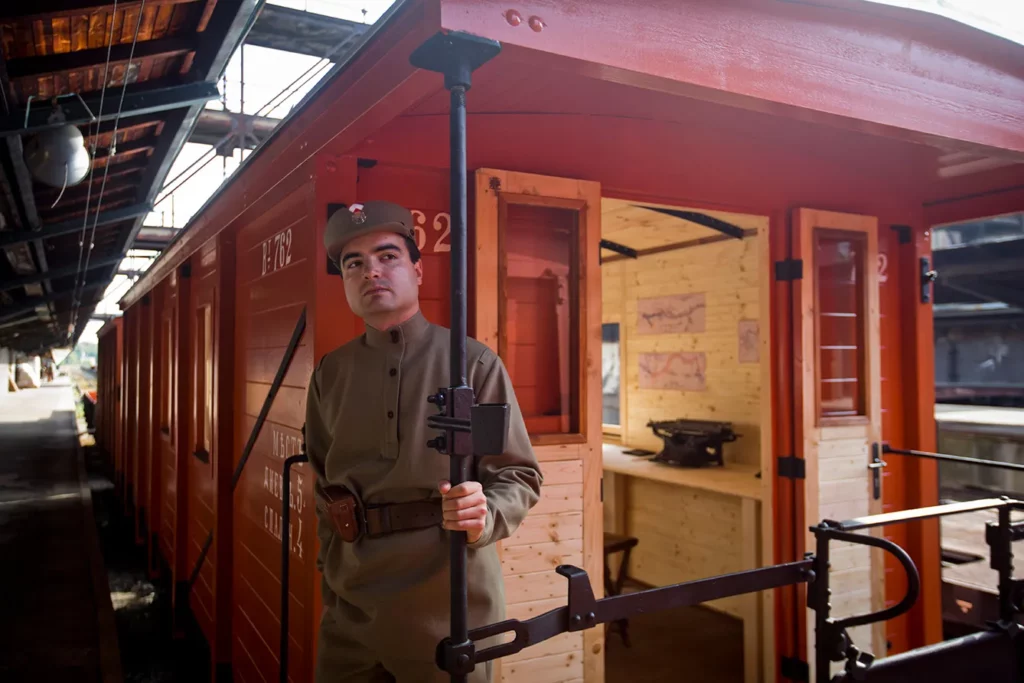
A long way home for Czechoslovak Legionnaires
The country they had fought for already existed (Czechoslovakia was already a free country by then). On top of that, the Civil War was getting increasingly complicated and tangled, so the legionary generals called for a retreat to Vladivostok. The Legionnaires signed a neutrality agreement with the Bolshevik troops to stop the ongoing clashes with the bolsheviks and gradually cleared the Trans-Siberian Railway.
The evacuation by ships began in January 1919, and the last legionnaires left Russian Vladivostok in early September 1920. The last Czech Legionnaires returned to Czechoslovakia in early 1921. Many legionnaires became the base of the newly formed Czechoslovak army after their return to their homeland. Legion commanders such as Jan Syrový, Radola Gajda, and Sergej Vojcechovský became the backbone of the general staff of the newly established republic.
The Legionnaires became the heroes of Czechoslovakia and are still heroes today. There are streets named after essential legionaries in almost every Czech town. Legends were being told about the legionnaires, and many were later involved in the resistance against Nazism and later against Communism.
Just as in the 15th century, the Hussites fought victoriously across Germany and pierced as far as the Baltic Sea. Their descendants, the Czech Legionnaires, have carried on this tradition with dignity and repeated this campaign, only on a scale many times larger. And the heroism of the Czechoslovak Legionnaires helped Masaryk and other politicians to create an independent Czechoslovakia.


